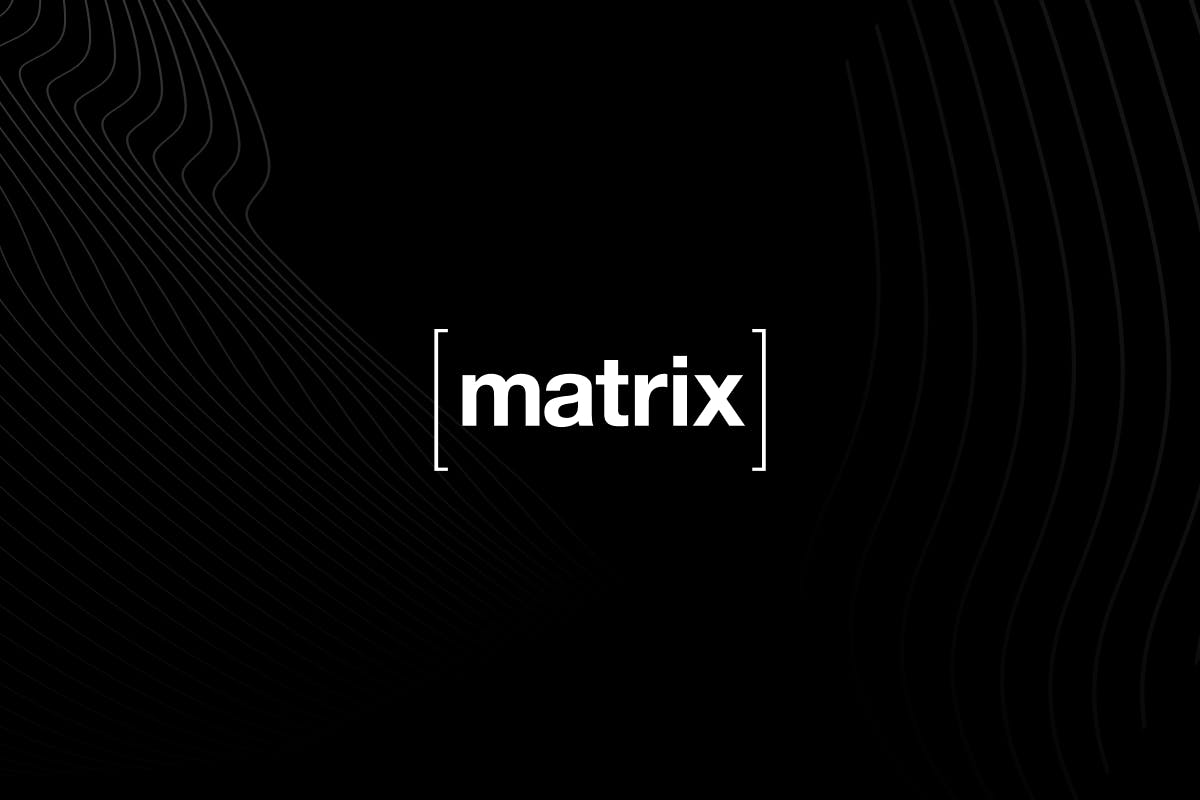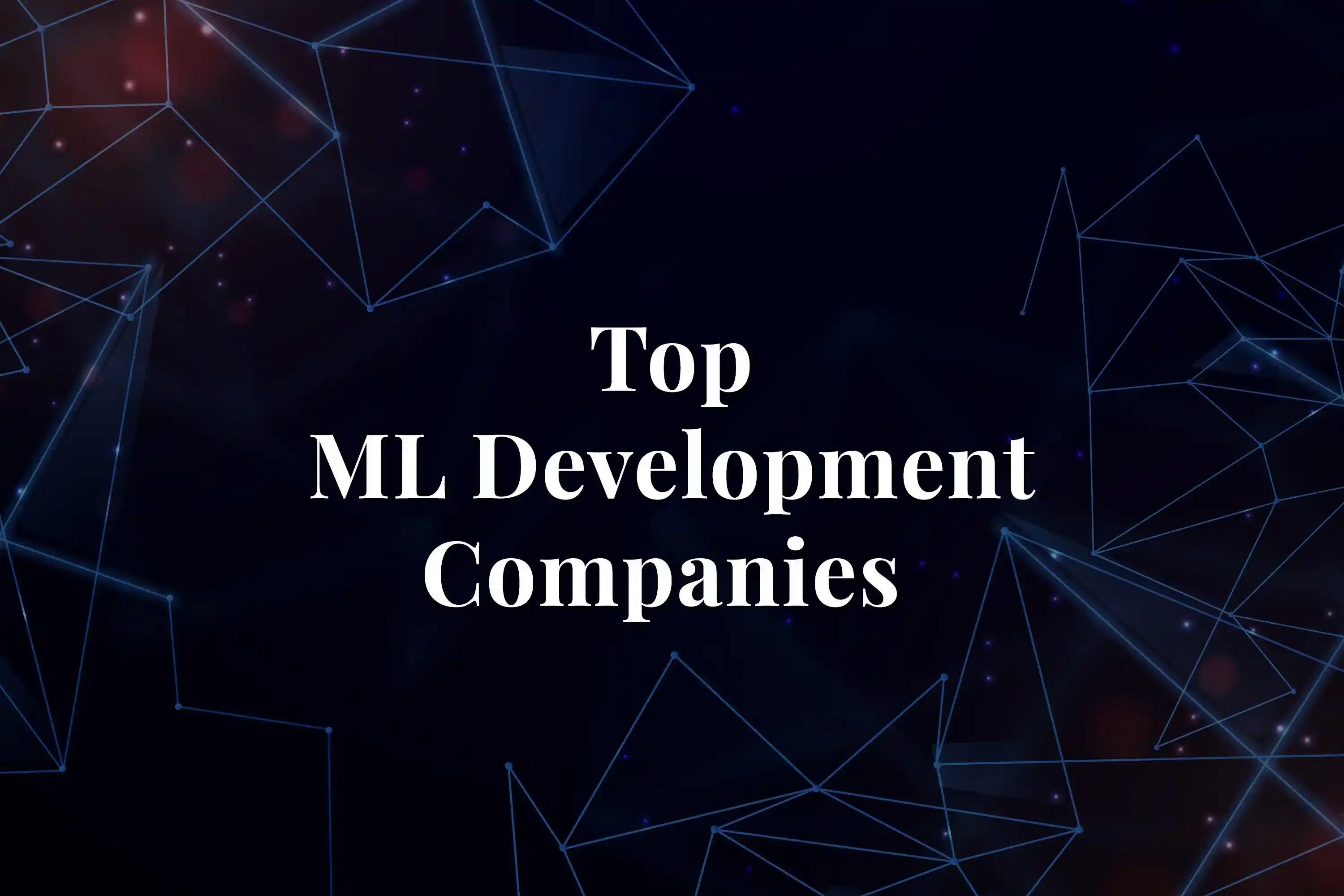


Enter the incredible domain of Machine Learning. It's taking the AI and tech world by storm. We're thrilled to launch this adventure together with you. We'll dive into how Machine Learning breaks down into all these awesome different types, each with its unique approach to working with data and making clever predictions. Are you ready to dive in and explore these incredible paths? Let's dive in!
Consider this your friendly intro to the big world of AI and all the clever tricks that make Machine Learning work. Have you ever considered how machines get smart enough to make decisions or predictions? Or how they get better at what they do over time? It's all thanks to different machine learning methods. Imagine Supervised Learning as a guided tour for machines, while Unsupervised Learning is like letting them explore and find patterns independently. The global market size for machine learning platforms is expected to reach $31.36 billion by 2028.
Our guide dives into these details. We'll chat about how Semi-supervised Learning mixes a bit of both worlds and how Reinforcement Learning is like training machines through trial and error. We're keeping things light and easy to follow, so even the complex stuff about ML will feel like a friendly chat. Whether you're starting to dip your toes into AI, are already a bit of a data guru, or are simply curious about how machines turn into smart cookies, our guide's got you covered.
By the time you're done, you'll have a good grasp of Machine Learning and a newfound appreciation for how machines pick up new skills and improve over time. Ready to dive in? Let's explore the incredible and diverse world of ML that's shaking things up in almost every field out there!
Every type of machine learning has a special way of doing things and specific uses, changing our game with data and learning. Picture it as meeting many awesome characters, each rocking their superpowers in AI!
Unsupervised Learning is an excellent part of Machine Learning that's all about finding hidden patterns in data without labels or specific instructions. It's like being a detective, looking for clues in a big pile of information without knowing exactly what you're searching for. This type of learning doesn't need data marked with the right answers.
That opens up a world where it can dig around and find interesting connections or features, perfect for determining what data points have in common. A big thing in unsupervised learning is clustering. It's like grouping similar things. Imagine a business sorting customers into groups based on what they buy. That's clustering in action. Then there's dimensionality reduction, simplifying huge data sets and keeping only the really important stuff.
Unsupervised learning is also great for finding patterns like shopping data, like figuring out which products often get bought together. This is super useful in retail for deciding where to place products in a store or what to recommend to customers online. What's fascinating about unsupervised learning techniques is their ability to function without explicit guidance. They're good at sorting data and spotting patterns. They shine when the goal is to understand the data, not just make predictions.
It can be tricky to determine if these unsupervised models are doing a good job since there's no set of 'correct' answers to compare. But the real gem of unsupervised learning is how it can show us things in data we might have yet to look for. It goes beyond simply responding to queries. It's about uncovering questions we hadn't even realized existed.
Semi-supervised Learning is like the best of both worlds, mixing supervised and unsupervised methods. It's super helpful when you've got only partly labeled data. Getting fully labeled data can be a pain. It's costly and takes time.
So, semi-supervised learning comes to the rescue. The main trick with this method is using a bit of labeled data and a whole lot of unlabeled data. This mix helps the models get smarter by using the unlabeled stuff to improve their accuracy and efficiency. Self-training is prevalent, wherein the model learns from labeled data before applying its known capabilities to unlabeled data.
This approach is a lifesaver in areas like understanding human language and recognizing images, where labeling can take forever. Using labeled and unlabeled data can make these models accurate without many labeled examples. Sure, there's a challenge in ensuring that the learning from the unlabeled data is on point. However, the ability to work with limited labels makes semi-supervised learning such a standout. It's not just about getting by with less data; it's about using what you have more smartly to push what machine learning can do.
Reinforcement Learning is a unique part of machine learning. Think of it like learning by trial and error, where the focus is on making decisions that rack up rewards over time. It's like how we teach kids to use rewards for good actions and consequences for not-so-good ones. The foundational element of RL is the Markov Decision Process (MDP).
It's all about making decisions one after the other, figuring out how to reach a goal when you need more clarification on what's coming next. The neat part? The agent (like a little learning robot) figures things out based on the outcomes of its choices rather than just being told what to do. One key part of RL is 'policy learning.' This is where the agent learns rules that guide its actions depending on its situation. RL agents are super versatile – they can learn to do all sorts of stuff, from playing complex video games to steering robots. RL is learning by doing, where doing good stuff gets a thumbs-up.
Reinforcement Learning (RL) is super adaptable, perfect for always shifting situations and where quick thinking is key. RL can be a head-scratcher, requiring heaps of data and serious computing power to weave its magic. But here's the awesome part: this method has been behind some incredible breakthroughs, like self-driving cars, super advanced video games, and even clever robots. It's a great example of how learning through trial and error and tweaking things based on feedback can lead to some amazing innovations.
Getting to grips with the different kinds of machine learning is super important. We've got supervised, unsupervised, semi-supervised, and reinforcement learning; each has its own cool way of doing things. Keeping up with all the latest tools and techniques in this area is important if you want to stay in the know. Think of choosing the right type for your project as the best tool for the job. Making the right machine learning pick can smooth things out and help you reach your goal faster. It's like a key that can unlock innovative ideas and help solve challenges in many areas. Just remember that machine learning is always changing as tech keeps zooming ahead. Staying curious and flexible is super important if you want to stay on top of things and stand out in this fast-moving, always-exciting field.
Unlock your business's potential with Codiste's cutting-edge machine learning development services. Our expert team uses the latest AI technology to drive growth, optimize processes, and deliver bespoke solutions that put you ahead in a competitive market.




Every great partnership begins with a conversation. Whether you’re exploring possibilities or ready to scale, our team of specialists will help you navigate the journey.